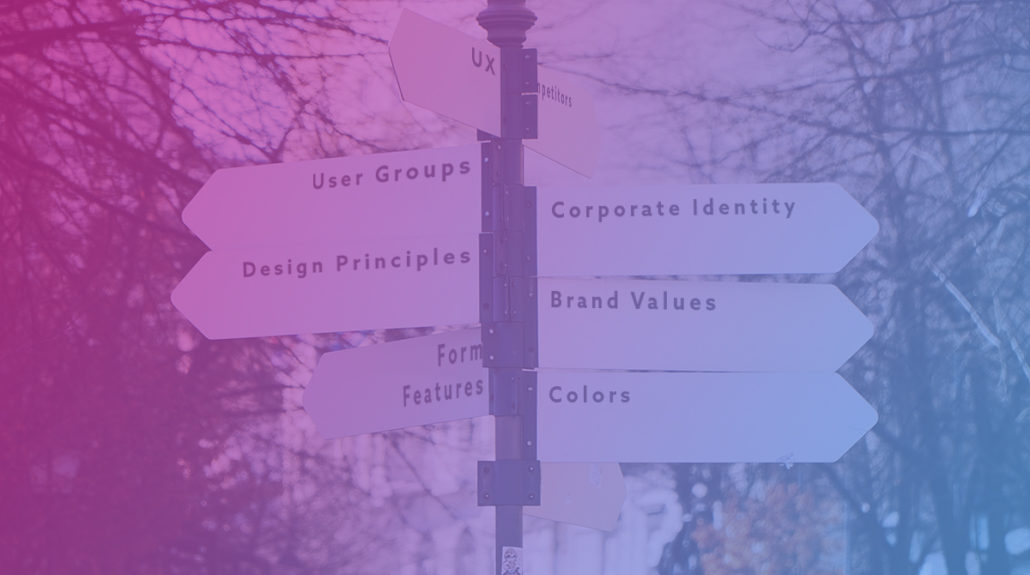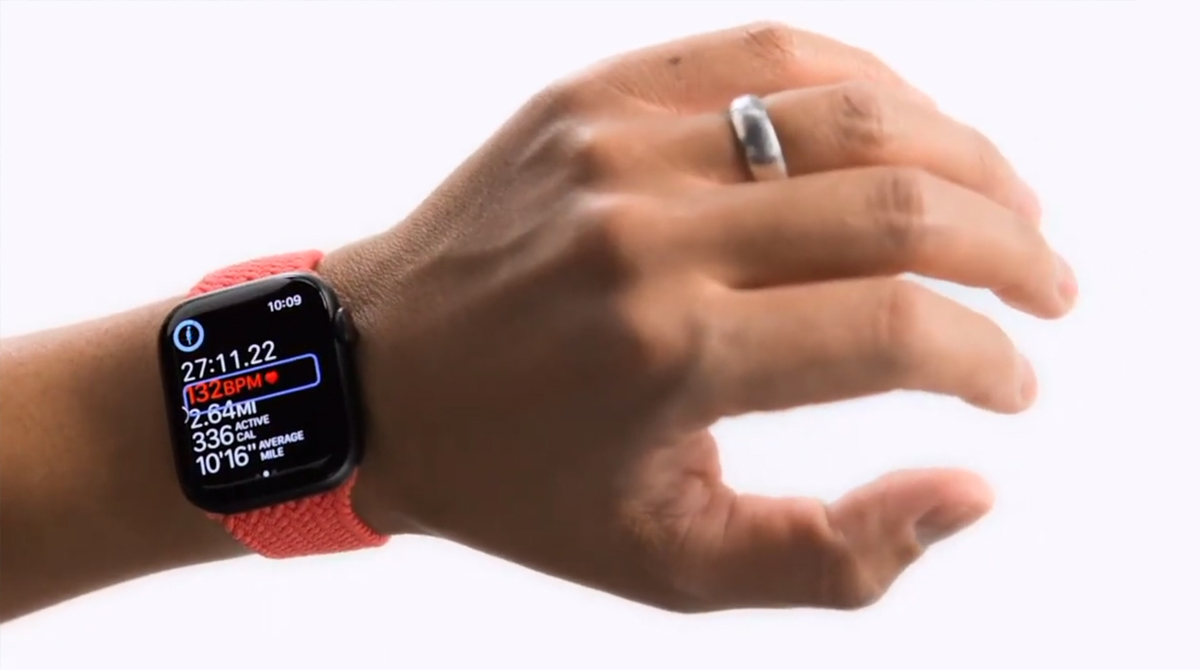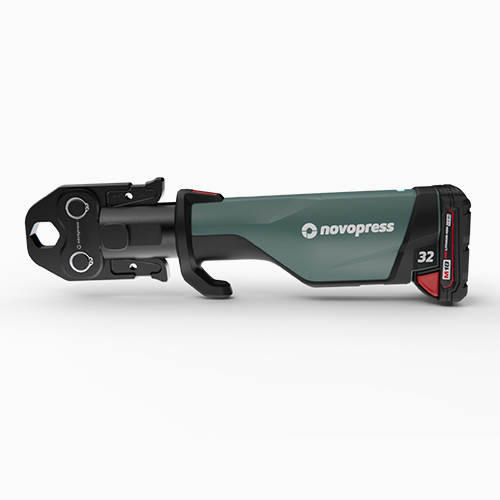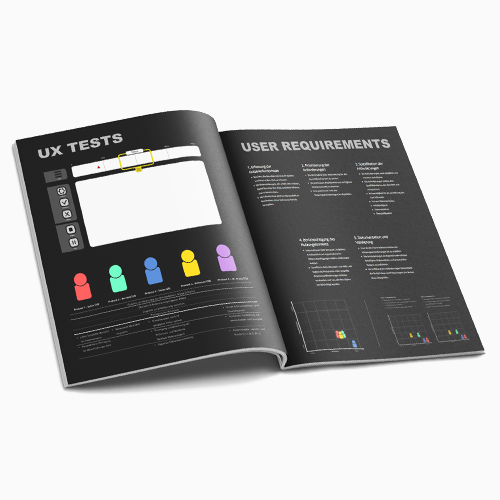
Over the years we have been receiving more and more inquiries from companies asking us to help them create product design guidelines – a task which is often associated with various names… VBL (visual brand language), VPL (visual product language), PSG (product style guide), industrial design guideline, etc.
This is a very exciting topic which is rapidly gaining relevance internationally as well. But besides the question of what elements a design guideline should contain (more on that in a future newsletter), in my opinion there is not enough thought about what shape the guideline’s framework should take – an underestimated point which plays an important role in ensuring success.
In our experience, a design guideline is not a rigid system – it is always as individual as the organization for which it is created. That’s why, in order to achieve maximum success, we recommend that you think about the following points before making a design guideline:
1. Why does your company want to create a design guideline?
On the surface, it’s often about uniform design language, brand recognition and/or consistent customer experience at the company’s various contact points. However, there may sometimes be deeper reasons as well, for example:
- to save on potential product costs through more frequent usage of identical parts
- design departments wanting a basis upon which to be able to evaluate drafts or to implement them in the company
- the optimization of time-to-market KPIs
- the reduction of development costs (internal and external designer)
It is essential to know these reasons during the creation process – they reflect the reality of your company and guarantee that at the end of the day, your guideline will be widely accepted and used.
2. Who is going to be using this design guideline?
3. What branding, marketing and design guidelines already exist and how do the interfaces work?
4. Will the design guideline be included as a mandatory component for a release in your company’s Stage-Gate processes?
Twice a month we send you the best tips for corporate design and trend decisions!
How Apple Took Over and Expanded Leadership in Wearables
A week ago, Apple quietly presented several remarkable technologies that further cemented their leading position in wearable technology. No big announcements. Besides using eye movement to control your iPad, we find the most impressive new development is the Apple Watch’s gesture control. Using “AssistiveTouch”, one can now carry out all important actions with a series of hand and finger gestures – without touching the display. The following video shows just how impressive this is:
An article by Neil Cybart elaborates on how Apple will sell an estimated 100 million wearable products in 2021 and how they have been able to assume such a leading role in the wearables market. The following points are just a few of the main reasons for this:
- Apple recognized before others that wearables will be the first step in the symbiosis of people and technology.
- Apple was not sidetracked by voice control.
- Apple has the know-how in the design and development needed for wearables.
- As always with Apple: They stay within their own ecosystem of hardware and software.
- Unlike in other areas, the entry-level Apple Watch is not much more expensive than comparable products made by the competition.
Fun Fact: Two months ago, Facebook announced that they want to deal with gesture control more seriously.

Material Alert
You know the feeling as well… trying to squeeze that last bit of toothpaste out of the tube. But no more! A professor at the famous Massachusetts Institute of Technology (MIT), working together with one of his students, has developed LiquiGlide – a coating which produces an extremely waterproof surface. Unlike conventional surface treatments, no textured surface is produced, e.g. the “lotus leaf effect”. So LiquiGlide works well with viscous materials and is also environmentally friendly.






